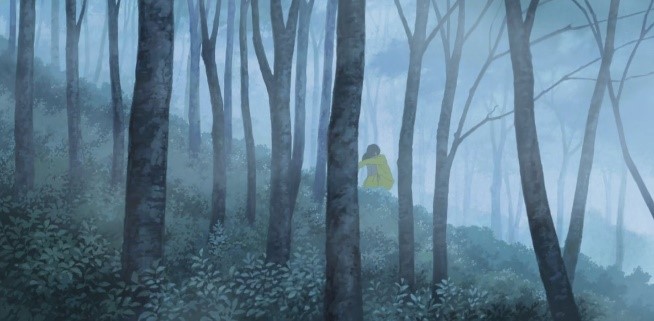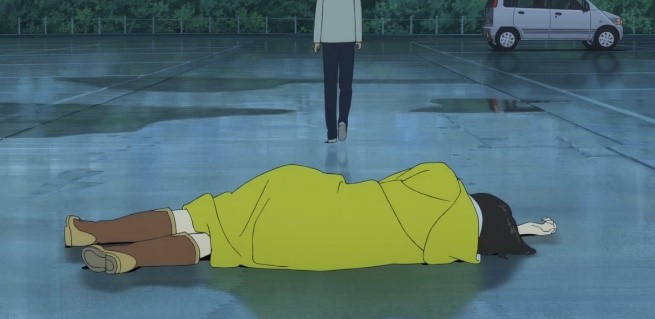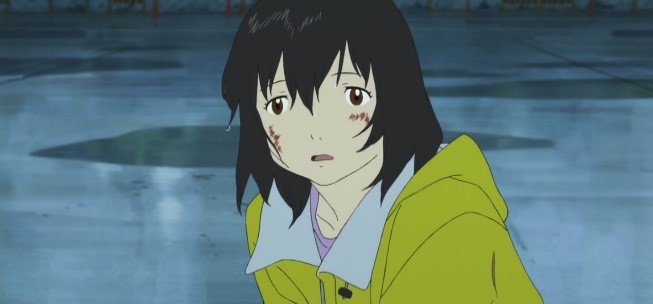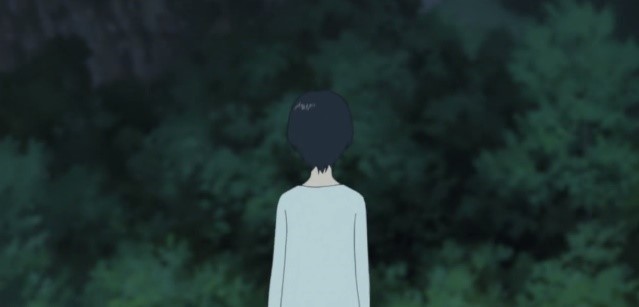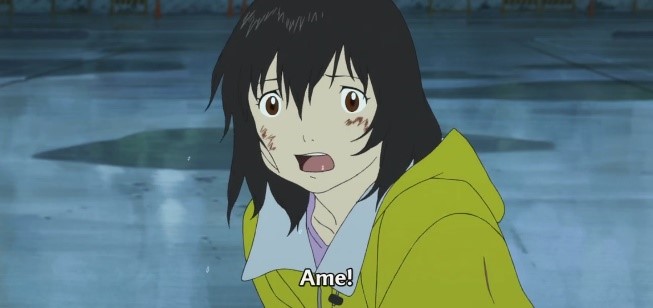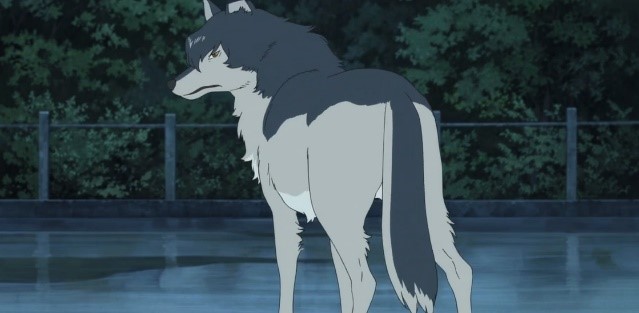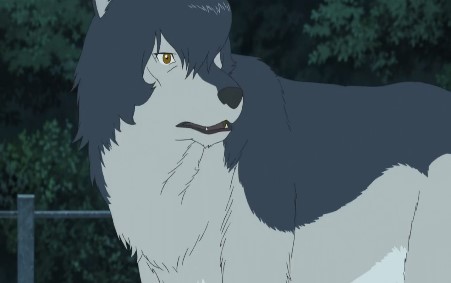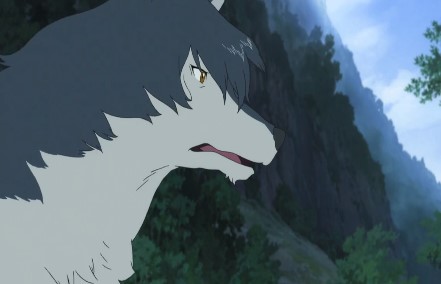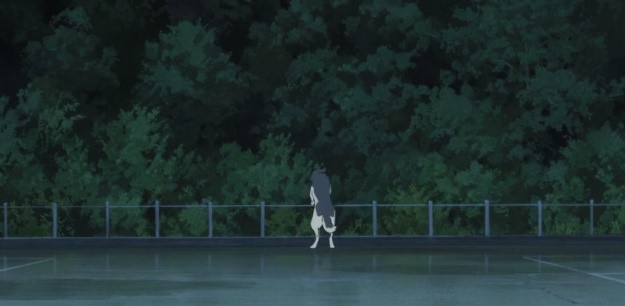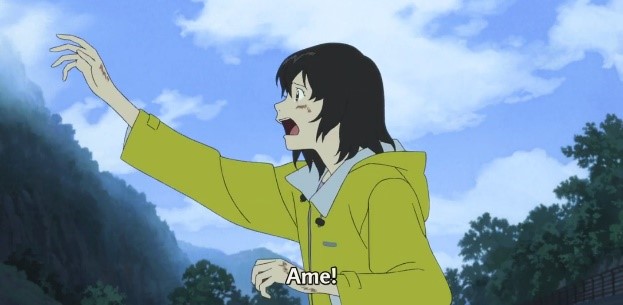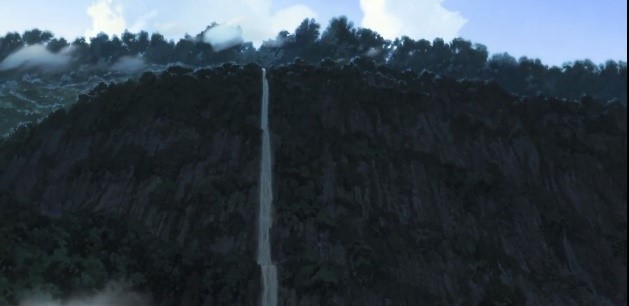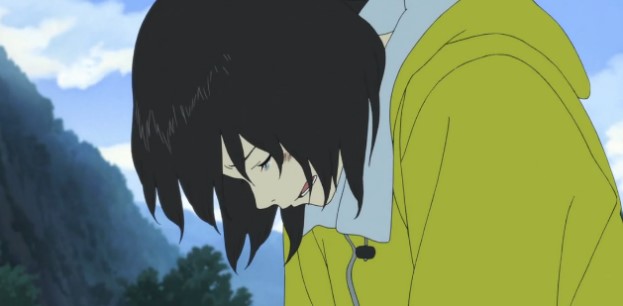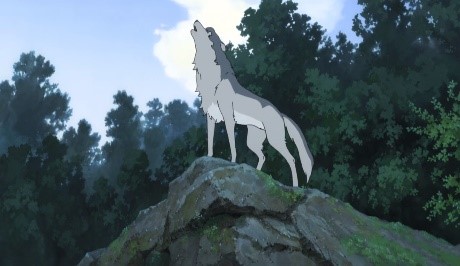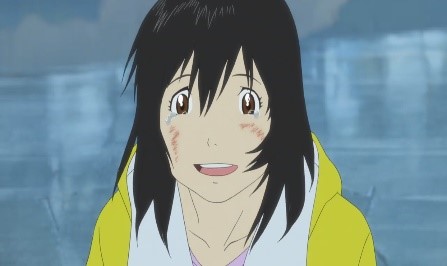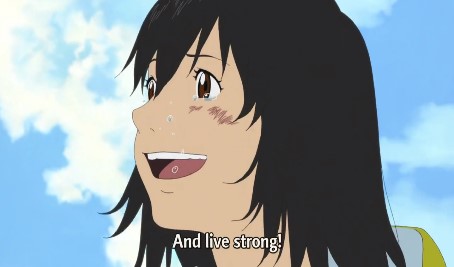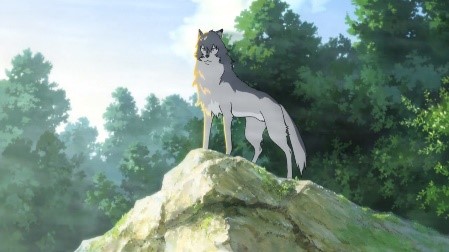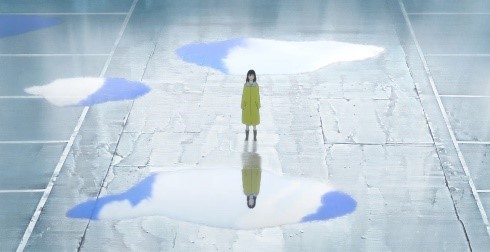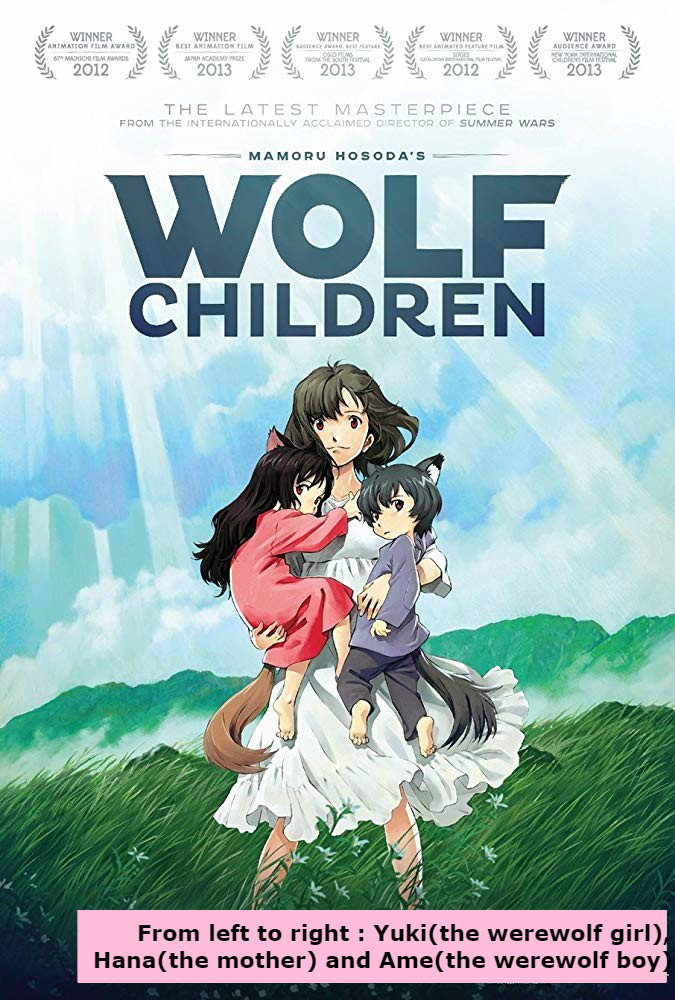Wolf Children describes the maturation of two werewolf children, Yuki and Ame, and their human-being mother, Hana, with great sensitivity. The werewolf children struggle between their two identities – human and wolf. They can turn into either of them whenever they want which implies that it is their responsibility to choose which identity they will live as.
This article focuses on the maturation of Ame, the younger of the siblings, who decides to live as a wolf and Hana’s realising of what the parent’s genuine role is.
Ame has no interest in the human world and becomes interested in the wolf’s life. Hana thinks it will be transient, but it is what he truly wants. Therefore, Hana prohibits him from going to the mountain. However, on a stormy day, Ame secretly goes to the mountain and Hana falls asleep deep in the mountains while finding him.
Ame takes his half-unconscious mother to the car park near the mountain and walks away from her. A high-pitched string sound can be heard, which reflects Ame’s unstable state of mind.
Then, Hana wakes up and spots Ame backing away from her. Shots/reverse shots and the point of view(POV) of Hana reveal Ame’s rapid change from a human to a wolf and this quick metamorphosis indicates his strong will to live as a wolf as it takes little amount of time to change. The wolf Ame still understands what Hana says, retaining the linguistic ability of humans, as he is speechless. Also, the layered sound of instruments makes the scene emotionally more inspiring.
As Hana whimpers, “I still haven’t done a single thing for you”, Ame turns his body to her with an astonished face. The shots of Ame change into the close-ups with the sudden wind, implying his turmoil of emotion while emphasising his facial expression. Here, the characters’ emotion heightens along with the grander background music.
However, he shortly rushes out to the mountain. Hana cries out his name stretching her arm towards him. The long shot of scampering Ame serves as a counterpoint to the close-up of Hana. By filming the mountain from a low-angle shot, the magnificence of the mountain contrasts with Hana, lowering her head. This contrast shows irreconcilable differences in opinion between them – whether Ame should live as a wolf or not.
When Ame reaches the top, he makes a long howl to ease Hana and indicate his identity as a wolf. Hana realises she should trust him and shouts at him, “Live strong!”. The dashing pose of Ame shows that he guards the mountain now. The mood of the background music also changes brightly by using the sounds of the brass.
Now, the sky is clear. Ame, in a full-figure shot, is now the true hero, under the sunshine. The end of the storm signifies the rebirth of mature Ame and Hana.
Ame finds his way after struggling between his two identities and Hana learns how to let go of her children. The frequent use of the emotional background music and the frequent use of close-ups effectively reveal the changes of the characters’ feelings. Also, it is noticeable that the werewolf here retains the cognitive abilities of humans – except speaking – while possessing all the physical traits of a wolf.
